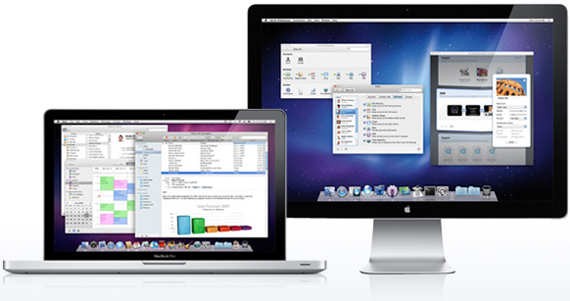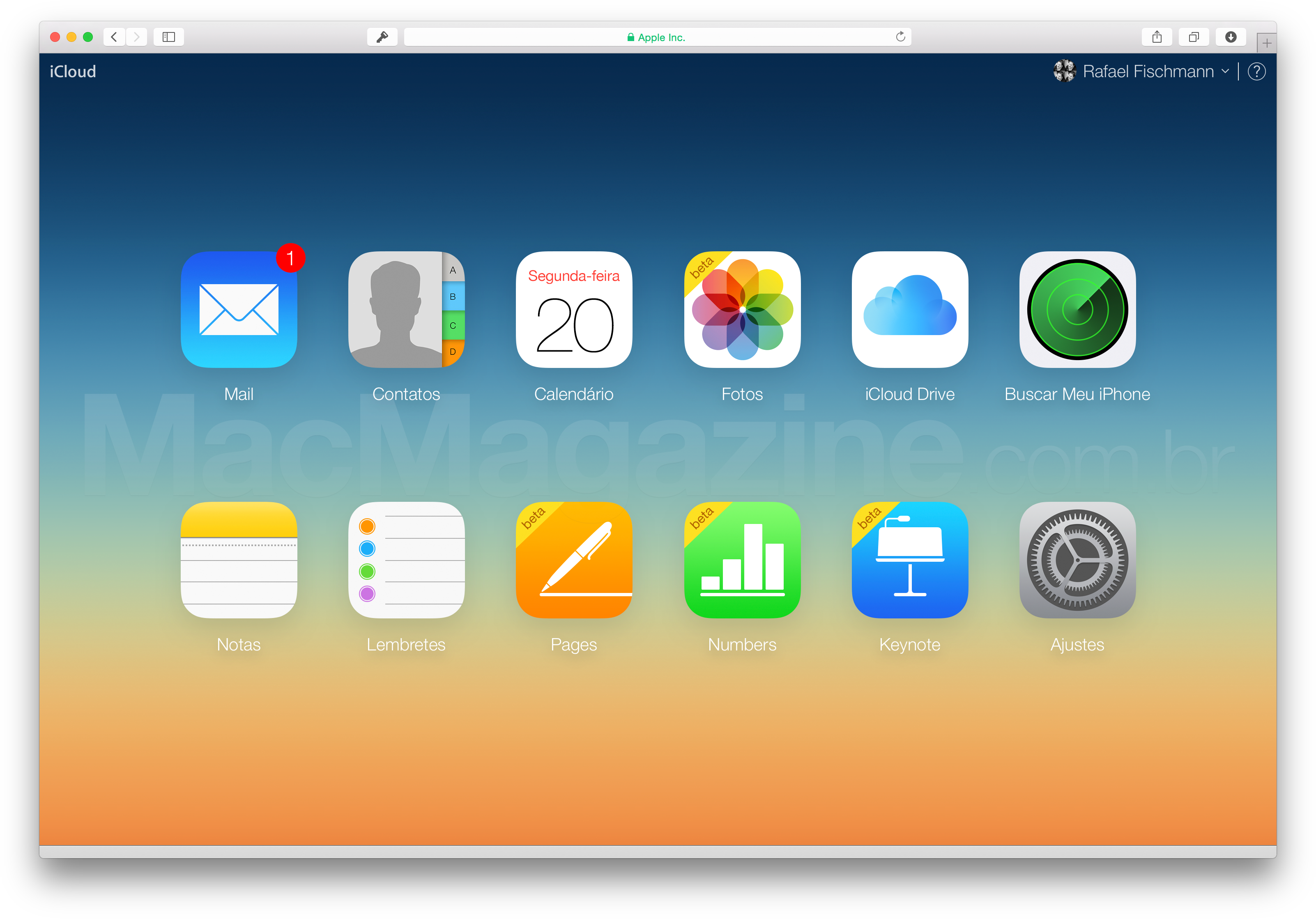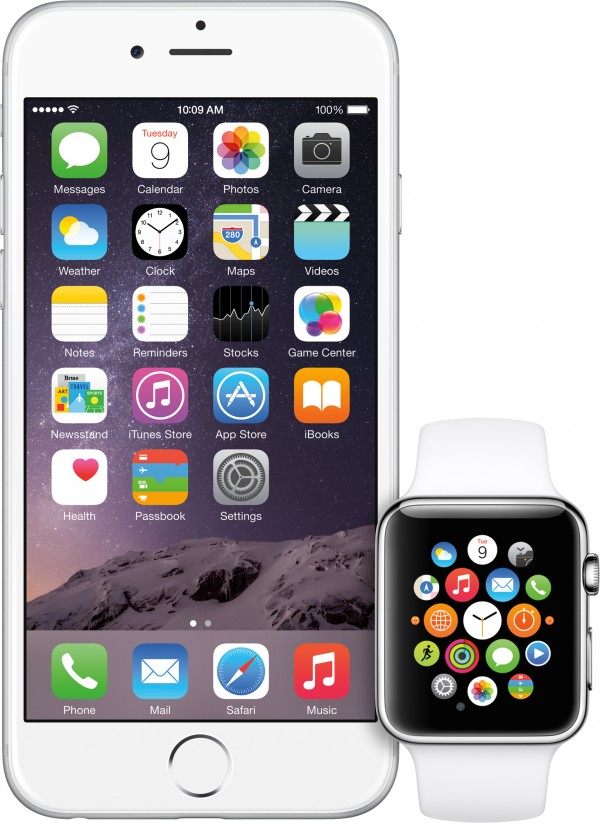First of all, I already leave my warm cloths here: I haven't been following Apple for as long as it might seem, there were already PowerBooks in 1991, even before I was born! But like many who have read this article, I started in the days of Mac OS X 10.4 Tiger, seeing up close several launches, successes, problems and, of course, failures of the company in several areas.
I can say, for example, that people impressed by the first pin gesture to zoom on the screen of an iPhone reported about it by the same proportion of users who were maddened by the horror that were the maps of Apple on the day of their launching with iOS 6. Anyway, all companies have their good and bad moments in public, so that the people who witnessed them have the right to express their opinions about it as they wish.

There are people missing the times when we only needed to worry about beach balls.
Problems arise when an opinion ends up being extrapolated by the world, often in aspects that are out of context. It happened in the early days of this year, with Marco Arment.
Creator of popular services like Instapaper and apps like Overcast (both have already gained a lot of prominence in the App Store), Arment made news around the world by writing a short text about Apple's recent drop in software quality due to some problems with updates maybe iOS 8.0.1 and Safari 8.0.1 have been the most evident, but users in Europe have also been in trouble at the App Store during the readjustments in applications made this week.
Arment a developer. His words were directed to the community with which he works and who, as everyone who is in the same industry knows, weaves several Apple reviews daily with knowledge of cause, after all they work with the company daily. But thanks to a quote from your text in Business Insider, there was a stir around his opinion that reached American TV channels like CNN and CNBC.
Not surprisingly, the very next day, he regretted what he wrote. But to this day, others are arguing about what Arment called "functional high ground", from where Apple dropped a bit in the course of some reported problems in the second half of last year. The annual schedule of new operating systems for Macs and iGadgets it was already a challenge, but now accompanied by an even greater concern with security and privacy: the need to be aligned with cloud services and the entry into new markets (weareables, automobiles, domestic solutions and others yet to come).
The alarmism surrounding what was written by Arment shows that the subject has been quite pertinent to be addressed for some time, but few would risk taking the criticisms to the extent they were. The main question to be answered: how good (or bad) is the software quality at Apple?
Analyzing the release cycle

Between 2001 and 2009, Apple brought to the market seven versions of Mac OS X in cycles that took, on average, 20 months between one release and the other. The most experienced Mac users and developers have never had extensive discussions about how ideal this strategy was, but none of these versions have ever been bug-free and certain users commonly experience some trouble: in my case, for example, the only one kernel panic (blue screen equivalent of death, Windows) that I had in more than six years using Apple happened at that time, with my first MacBook.
My bad experience didn't come to nothing. It was precisely with Leopard, the version of Mac OS X that Apple had more problems to put on the market after two and a half years in which it had to make its first great division of efforts to put the iPhone on the market. here where many consider that the company's behavior with software quality began to change if I am not mistaken, one of our esteemed colleagues uttered the phrase “Apple is no longer the same” at that time.
Since then, every year, a new iPhone has been launched. And with him always came a new version of iOS, of course. Apple grew to maintain this pace, and when Craig Federighi came to replace Bertrand Serlet at the helm of software engineering, the main requirement was to bring the Mac OS X development process to the same pace as iOS. Since Lion, Apple has released news for both platforms every 13 months, on average.
The main point that Arment and others raise is not wrong: technically, it is extremely difficult to deliver two products of such magnitude and market reach, such as the current OS X and iOS, in a 12-13 month schedule. On the other hand, in defense of Apple and considering what executives have already announced before, I understand that the current cycle has the * potential * (no * guarantee *, let it be clear) to incrementally modernize its platforms more consistently and gradually with time. It is not very different from what we see Google doing with its products, just as many of the web companies in the market also do and, amazingly, even giants of greater tradition like Microsoft, IBM and others.
In a nutshell, the entire industry is surrendering to the agile model of software development, so that the pace adopted by Apple is its reaction to this trend and, mainly, to feedback from us, users. Today we complain that the company is going too fast on software, but at the same time these releases have kept up with the best hardware products it has ever produced. Almost seven years ago, it was another scenario: the difference between iOS and Mac OS X cycles left the false impression that the Mac was being neglected in the middle of the road and losing attention.
At YCombinator, after Arment published its opinion on the subject, we were able to find Apple engineers commenting anonymously on the topic and, although there are those who express the need to alert the top management about a review of the focus and launch priorities, h a consensus that Federighi worked on the most important overhauls that Apple needed to make on its engineering team. Tiger and Leopard, at the end of their life cycles, were stable versions of Mac OS X. But there were also gigabytes of components that were at least ten years old, which were old, including old QuickTime and UNIX technologies that today we stop using. In addition, in the past we had some promised resources delivered to end users after postponements, long waits in beta versions, or simply scratched from the path Leopard, Boot Camp and ZFS were clear examples of these three scenarios, respectively.

Mac OS X Snow Leopard: delivered on time in 2009, but without any promises.
Currently, with the autonomy and performance that even the least powerful hardware from Apple can achieve, such luggage would not find a place. The main reviews delivered with Snow Leopard and Mavericks (in my opinion, Mavericks the best version of OS X ever produced by the company) were important for the products that are on sale. Therefore, there is a good job being done that, from time to time, can generate results with more consistency and regularity, without escaping deadlines.
But like everything in life, Apple's new strategy is also taking its toll.
As stated above, potential does not translate into a guarantee. After all, the recent complaints from users with Wi-Fi on OS X Yosemite, added to the problems and misunderstandings in the photography functions of iOS 8 and the holes already mentioned with system updates and maintenance on the App Store have not come to nothing. John Gruber made an important point in Daring Fireball When expressing his opinion on these cases: the risk of having his development strategy considered slowly by the media made Apple go on another bad path, making users no longer feel completely stable.

Photos on iCloud.com. Still to see how to get your share on Mac
When there is a lot of work being done and put on the air in the middle of it, it is acceptable to have this type of opinion among users within a community. We may not have lived with the problems of before and still endure the current ones, but that does not mean that everyone should ignore that they exist. After all, we're talking about OS X Yosemite and iOS 8, and while you're reading, we already have their substitutes in the oven, back in Cupertino.
Little care is taken when working with software of this magnitude. Even if a minimal problem affects 0.1% of the installed base of OS X (which represents, in total, about 5% of the computers connected in the world), we should expect almost 100 thousand complaints, in the worst scenario. On iOS, these numbers increase and it gets even more dangerous. It is less permissible, for example, that services such as Apple maps and MobileMe come into the world as they came.
But recent events have not come to nothing either. With Yosemite and iOS 8, Apple is also betting on heavy technologies that are here to stay. Continuity, iCloud and the new application extensibility model are critical to what the future holds, especially with the Apple Watch, which will make huge use of all three. If you consider that part of the main bugs that we have commented on and that have become notorious in the last few months were caused by decisions made around these pillars, it must be considered that part of the problem in stabilizing software platforms should not be blamed entirely. to the development process. A great product for which they are addicted not ready yet. While it is not there, iterations can occur on OS X and iOS with risks of compromising stability and quality.
It is not difficult to measure how much this type of scenario can interfere with the credibility of a company that has a reputation to maintain the size of Apple. Imagine it: there were already more people eyeing Apple in mid 2007, with the expectation around the iPhone, than there were before Steve Jobs returned to command for the second time in 1996. The same is true today in 2007, like at least a thousand times more developers interacting with the company daily and hundreds of millions of users, customers, specialists and shareholders. If stability and quality around a faster rate of delivery are not reinforced, it is more and more delivered to risks. So when an update goes live by mistake, the only thing that “just works” is the flood of complaints down the hill. As much as it is not necessary to surrender to such an event at the first moment, in these hours the tradition will not help much either.
The middle ground
Innovating quickly and guaranteeing higher quality are not the aspects with which we must discuss to the point of competing about and choosing the best. We need both and, as Gruber pointed out, it is not easy to balance between them. But it is also important, necessary and critical to bring devices and services to the hands of millions of people competently.
It is also important to keep in mind that problems will always arise and to the point of forming a timeline around them all. So far, leaving aside the quick response to fixing broken updates and fixing one or another design decision, Apple has never reacted to criticism from Arment and others with alarmism and should not start now. We are still a few months away from seeing the Apple Watch see daylight in stores, with no set release date. In view of what we have seen, it is likely that several edges around OS X and iOS still need to be trimmed for this to happen.

O Apple Watch ask for less aggressive environments, on Mac and iOS, to become successful.
Looking at the long term, good that they are. Like many in our community, I believe that Apple is on the right track and that smaller releases focused on profound improvements in technology and co-generators are on the way, both for Macs and for iPhones, iPads and iPods. When Ma begins to appear cars, pulses and houses by the end of 2015, in the interoperability with the most solid products on the market that these new solutions should be based.
